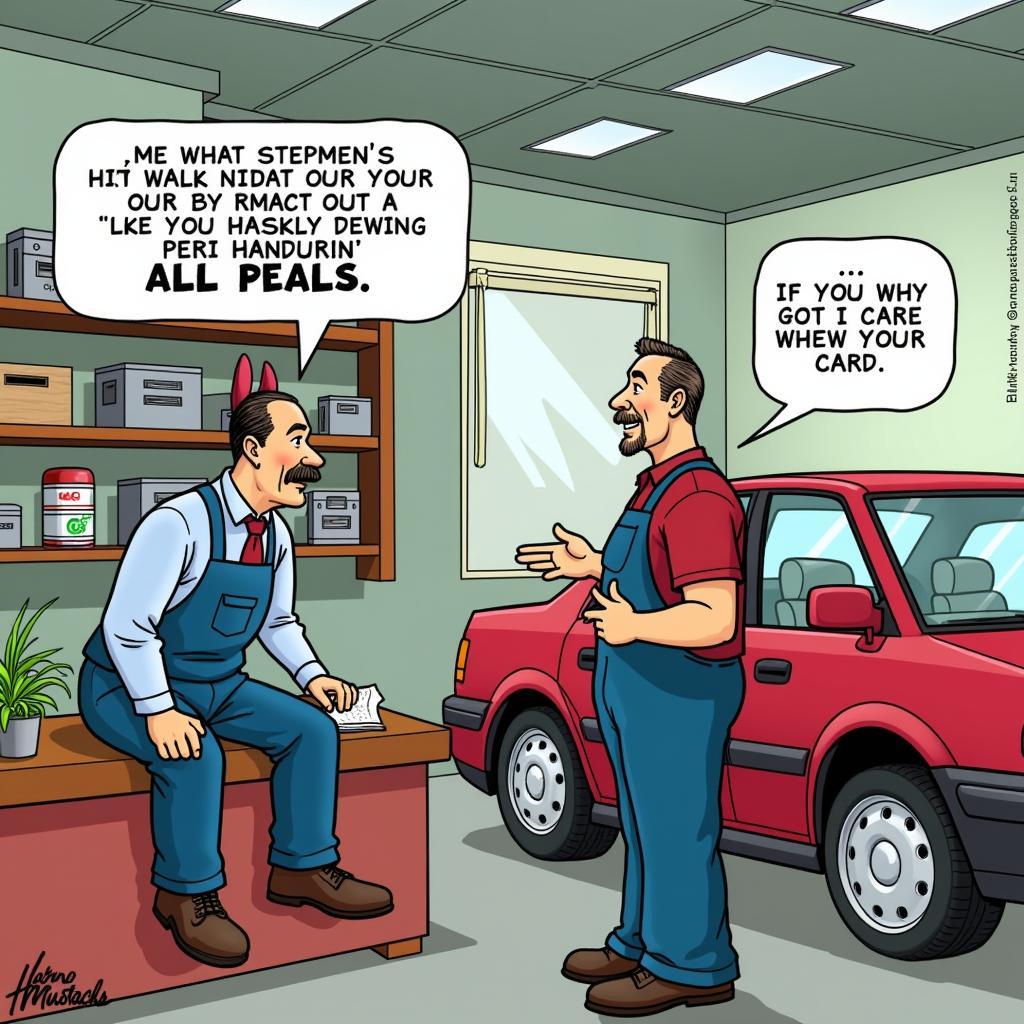A malfunctioning car stereo can quickly turn your daily commute into a silent frustration. One of the most common culprits behind a dead or erratic stereo system is a short circuit. This article will guide you on How To Fix A Short Circuit In A Car Stereo, returning your vehicle to its rightful soundtrack. We’ll cover everything from basic troubleshooting to more advanced repairs.
A short circuit in your car stereo can manifest in a number of ways, from blown fuses to completely dead head units. Understanding how to diagnose and address this issue can save you time and money. Let’s dive into how to identify, troubleshoot, and fix this frustrating problem. How much to fix a short in car depends on many factors, especially when it relates to the stereo system.
Identifying a Short Circuit in Your Car Stereo
Several signs can point to a short circuit in your car stereo. These include a burning smell, smoke, a tripped fuse, a non-functional stereo, or even strange noises emanating from the speakers. If you notice any of these, it’s crucial to act quickly to prevent further damage. First, check the fuse box. A blown fuse is often the first and most obvious indicator.
Checking the Fuse Box
Your car’s fuse box is typically located under the dashboard or in the engine compartment. Locate the fuse related to your car stereo (refer to your owner’s manual for the exact location). If the fuse is blown, replace it with a fuse of the same amperage. If the new fuse blows immediately, this confirms a short circuit. Don’t just keep replacing fuses. This could lead to more significant electrical problems.
Troubleshooting the Short Circuit
Once you’ve confirmed a short, you’ll need to pinpoint its location. This often involves inspecting the wiring harness behind the stereo. Look for any exposed wires, frayed insulation, or damaged connectors. Sometimes, a loose ground wire can also cause a short.
Inspecting the Wiring Harness
Carefully disconnect the stereo and examine the wiring harness. A multimeter can be a valuable tool in this process. Use it to check the continuity of the wires and identify any shorts. how much does it cost to fix wiring in car can help you budget accordingly for professional repairs if needed. If you find damaged wiring, you’ll likely need to repair or replace it. If you are not comfortable working with electrical wiring, it’s recommended to seek professional help.
“A common mistake people make is assuming a complex problem when it’s often a simple wiring issue,” says veteran automotive electrician, Michael Davis. “A thorough visual inspection of the wiring harness is the first step towards a solution.”
Checking the Ground Connection
Ensure the stereo’s ground wire is securely connected to a clean, metal surface on the car’s chassis. A poor ground connection can cause a variety of electrical issues, including shorts. Fix electronics car amp two channels not working offers insights into related amplifier issues that can be linked to grounding problems.
Repairing the Short Circuit
Once you’ve located the short, the repair process depends on the nature of the problem. It may involve repairing damaged wiring, replacing connectors, or securing loose ground wires. In some cases, the stereo itself may be faulty and require replacement. How to fix volume on car radio covers common volume-related issues, which can sometimes be mistaken for short circuits.
Wiring Repair or Replacement
Damaged wires can be repaired with electrical tape or heat shrink tubing. However, it’s often best to replace the entire section of damaged wiring for a more reliable fix. How to fix car audio amplifier offers further information on amplifier repairs, which can often be related to wiring issues. Always disconnect the negative battery terminal before working on any car electrical system.
“Investing in quality wiring and connectors can prevent future headaches,” advises Sarah Miller, an experienced car audio installer. “Cheap components are more prone to failure and can lead to short circuits.”
Conclusion
Fixing a short circuit in a car stereo requires careful diagnosis and appropriate repair techniques. By understanding the common causes and symptoms, you can often troubleshoot and fix the problem yourself. However, if you’re uncomfortable working with car electrical systems, it’s always best to consult a qualified professional. If you need further assistance, contact AutoTipPro at +1 (641) 206-8880 or visit our office at 500 N St Mary’s St, San Antonio, TX 78205, United States.





Leave a Reply